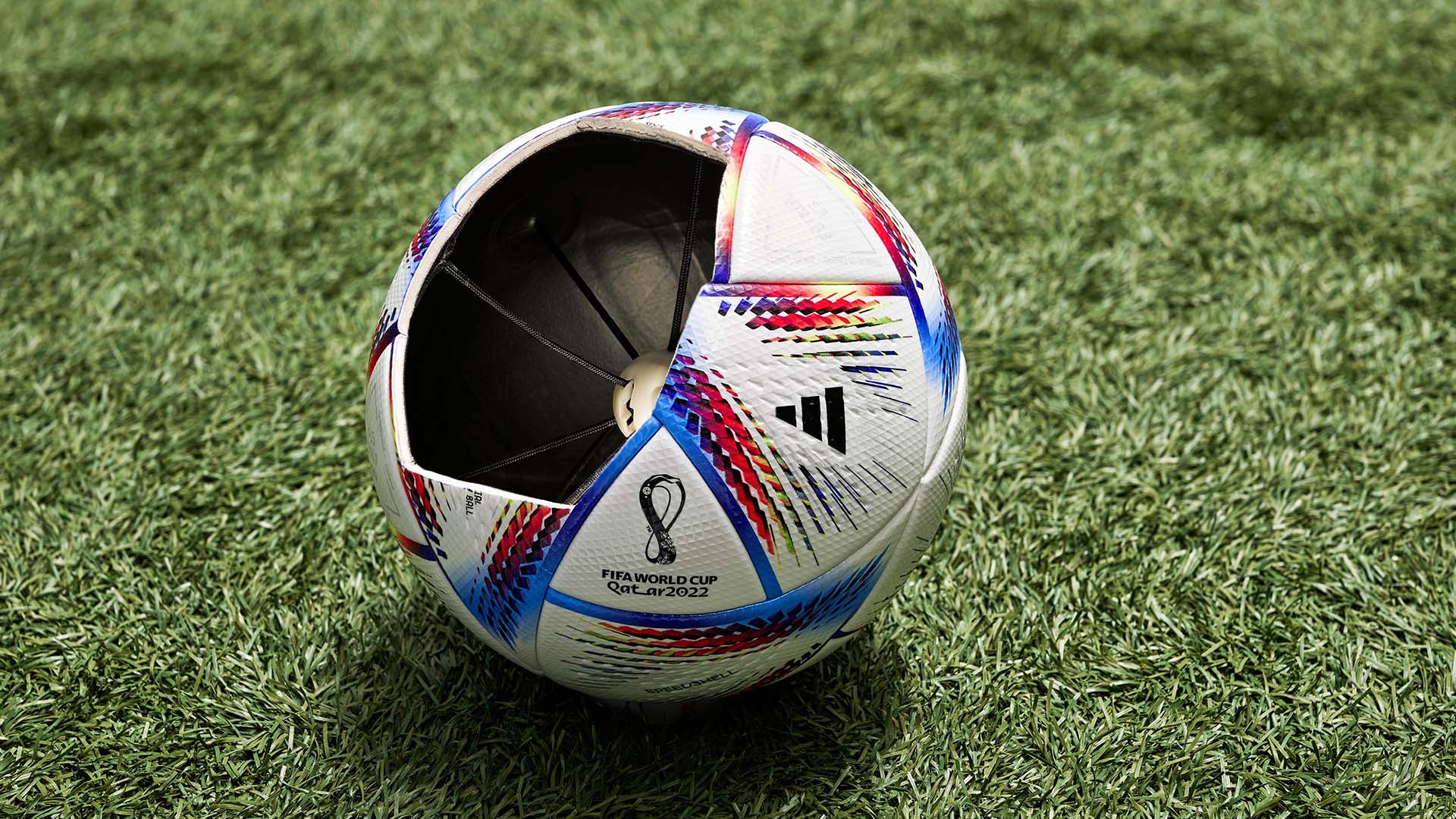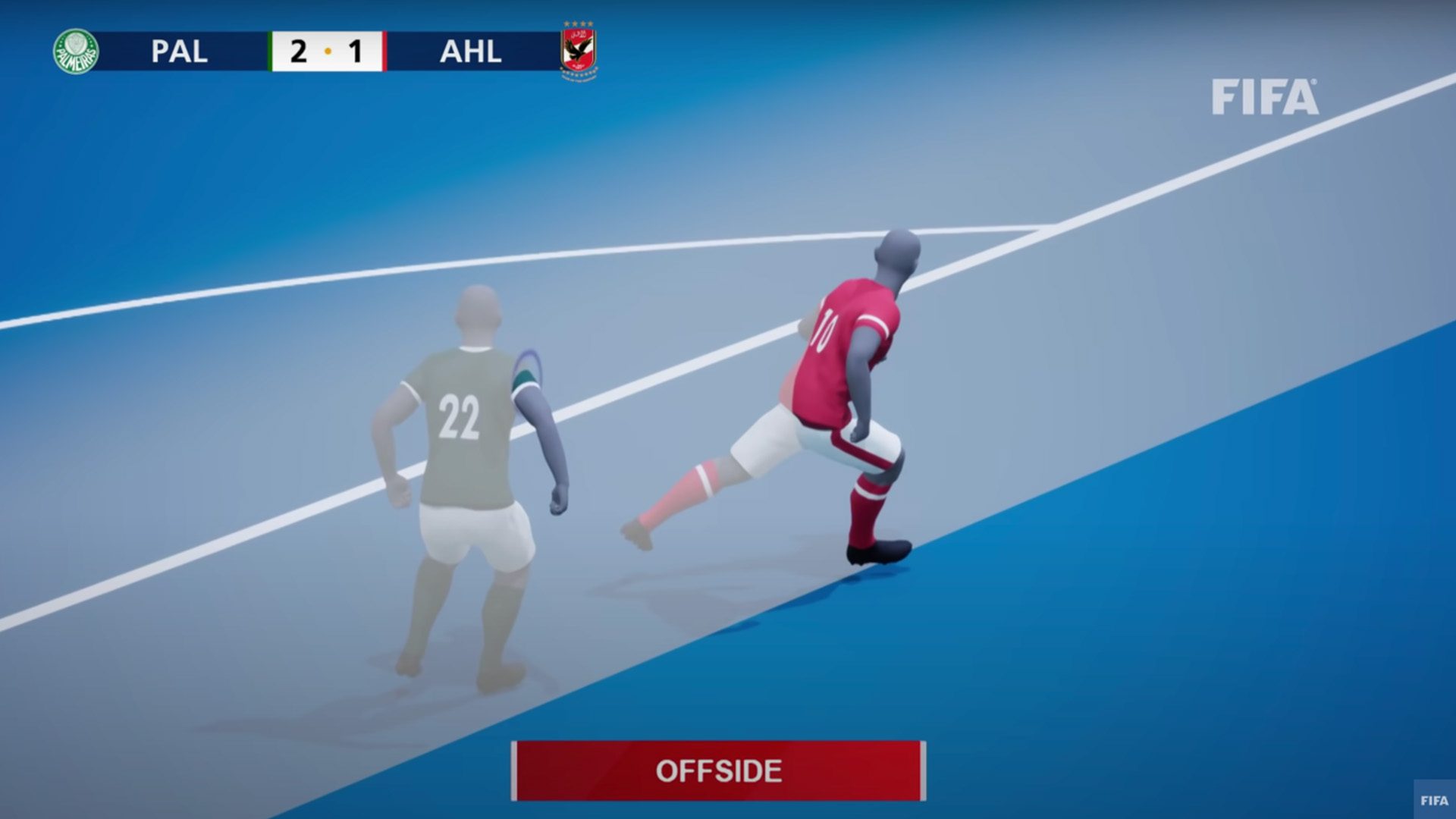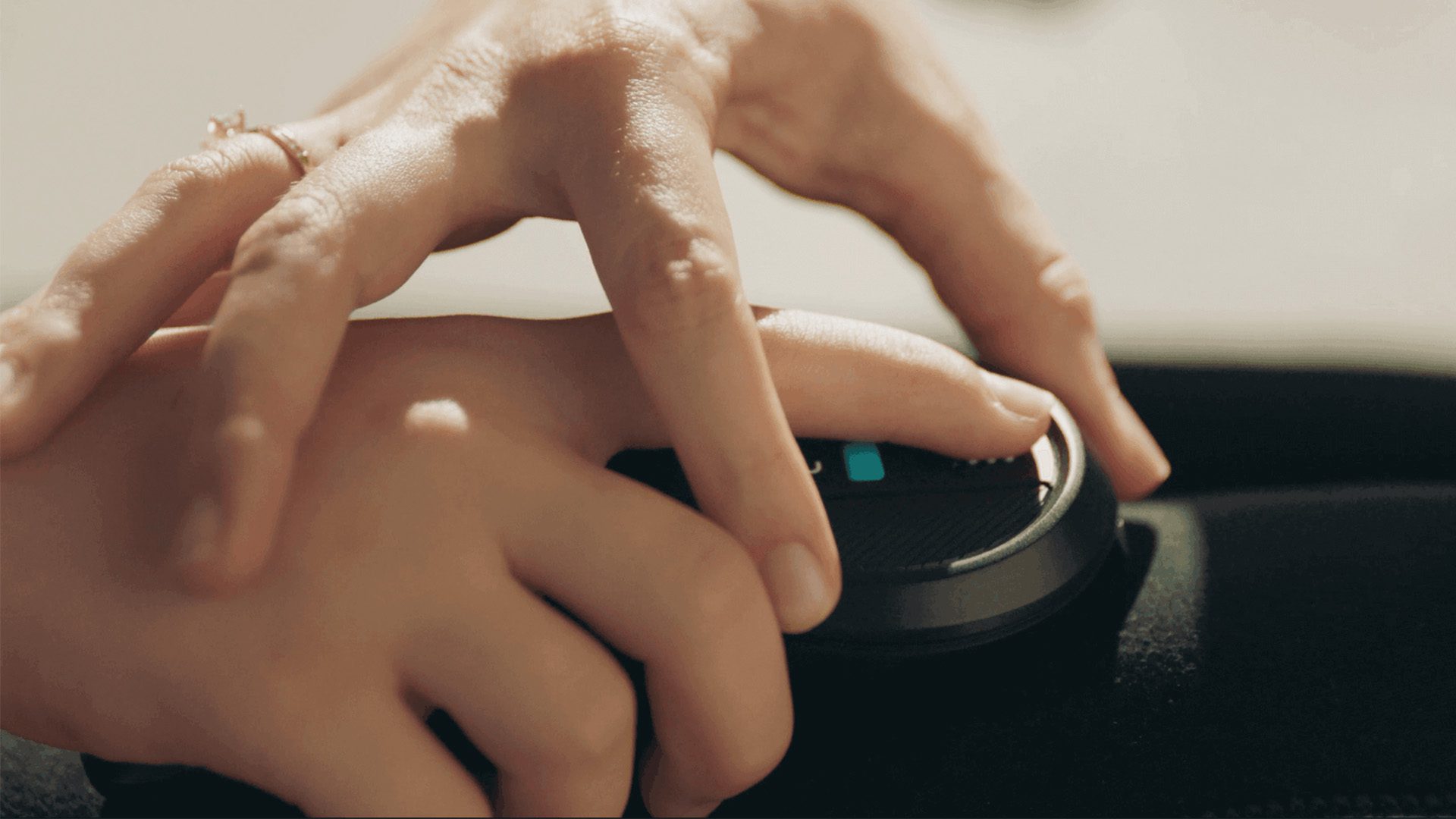The 2022 FIFA World Cup Qatar begins on November 21 with many new technological innovations to improve the soccer experience for both fans and players.
Al Rihla Match Ball

As the official match ball of the 2022 FIFA World Cup Qatar, Al Rihla is one of the most important technological innovations of the tournament. Inside the ball is the Adidas Suspension System which includes a 500Hz inertial measurement unit motion sensor that sends out data 500 times per second. The sensor provides unprecedented insight into every element of the movement of the ball and is powered by a rechargeable battery. The technology is unnoticeable for players and does not affect the balls’ performance.
The balls’ data assists in detecting unclear touches to improve the quality and speed of VAR (Video Assistant Referees) decision-making and semi-automated offside technology. As Dr. Maximilian Schmidt, the Global Sports Lead at KINEXON, explained, “…our goal with Adidas is to use state-of-the-art technology to improve the experience for everyone involved without changing the game of football. We are confident that with accurate live ball data the connected ball technology will enable a new age of football analytics and fan experience.”
Semi-Automated Offside Technology

Every soccer fan is well aware of the offside rule. The rule has changed numerous times throughout history, is subjective by nature, and has determined the outcome of many matches. To enable video and on-field match officials to make faster, more accurate, and more reproducible offside decisions, Qatar 2022 is implementing semi-automated offside technology.
The technology uses twelve dedicated cameras mounted underneath the stadiums’ roofs to track the ball and up to 29 data points of each player, 50 times per second. The 29 collected data points include all limbs and extremities relevant for offside calls. Additionally, as aforementioned, Al Rihla collects data 500 times per second to allow for precise detection of the kick point.
Using artificial intelligence, the limb- and ball-tracking data provides an automated offside alert to the video match officials whenever an attacker is in an offside position when a ball is played by a teammate. Video match officials must manually check the data, and the referee on the pitch must confirm the decision. The positional data points used to make the decision is generated into a 3D animation that is shown on the stadiums’ screens and made available to FIFA’s broadcast partners to further explain the call.
FIFA Player App

For the first time, players in the 2022 FIFA World Cup will have access to a FIFA Player App. Developed based on input from professional players, the app gives players insights into their on-field and player performance data shortly after each match.
The FIFA Player App includes enhanced data and intelligence metrics captured by a team of expert FIFA performance analysts and tracking data. This takes into account whether a player moved to receive the ball, the pressure they applied to an opponent, receiving locations, and more.
The app also consists of physical performance metrics collected through in-stadium tracking. For example, the app displays the distance covered at various speed thresholds, the number of actions over 25 km/h (about 15 miles per hour), and the maximum speed.
Bonocle and Feelix Palm

To enable visually-impaired fans to enjoy the 2022 FIFI World Cup, Bonocle and Feelix Palm are used. Bonocle is the world’s first Braille entertainment platform. By using transcoding functionalities and Bluetooth technologies, individuals with visual impairments can experience the excitement of the World Cup just like everyone else.
As Boncole’s founders described, “Bonocle will enable the blind community all over the world to experience the World Cup in 2022 in new ways that were never available before…It will remove the barriers that have kept blind people restricted and open doors for them to explore new things and new places.”
Feelix Palm, a palm communicator with tactile features, will also be used in Qatar. By using electric impulses, Feelix Palm offers braille-like messages to the visually impaired without restricting their physical movement or hearing.
Advanced Stadium Cooling Technology
As for a sustainable technology innovation, seven of the eight stadiums of the 2022 FIFA World Cup Qatar feature advanced cooling technology to keep the stadium at about 68° F, an ideal temperature for players and fans. Estimated to be 40 percent more sustainable and energy-efficient as compared to conventional cooling techniques, the cooling system uses a combination of insulation and targeted cooling to cool only places where people are.
Dr. Saud Abdulaziz Abdul Ghani, now nicknamed Dr. Cool, is the mastermind behind this immense task. He explained, “The biggest thing working against you when you’re trying to cool a stadium is the opening of the stadium’s roof because that is where external hot air enters. That’s why studying where air can exit and how we can push and pull back air differs from stadium to stadium as it depends on its shape, height, and width.”
To adjust to this challenge, the stadiums are designed for cooled air to come through in grills in the stands and large nozzles on the pitch. Through an air circulation technique, warm air is sucked into the stadium’s cooling system, cleaned by water, re-cooled, filtered out, and pumped out again by the jets. This also purifies the air.
Further ensuring fans’ comfort, under-seat diffusers push air out at an angle to deliver it gently. Additionally, sensors around the stadium will keep the temperature constant and adjust air flows for seats in the shade or sun.
For more information on the 2022 FIFA World Cup, check out Qatar’s sustainable stadiums and behind the World Cup’s official logo.




